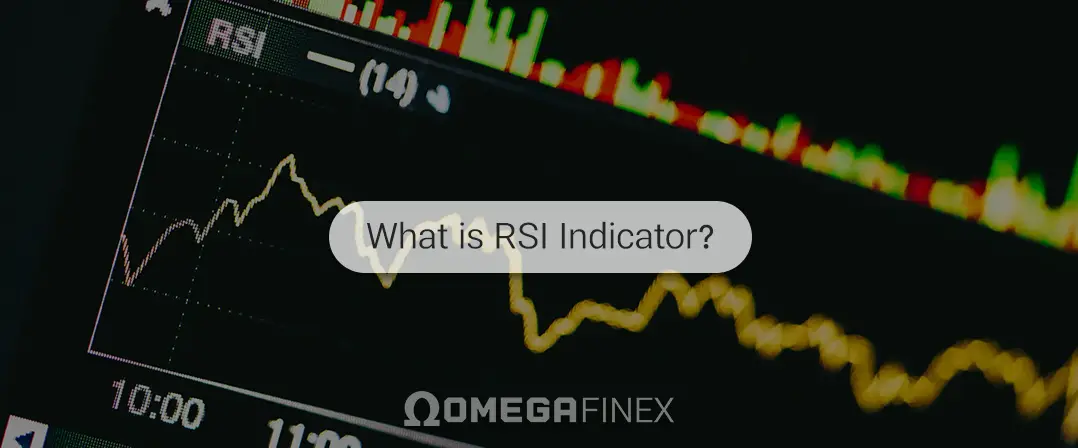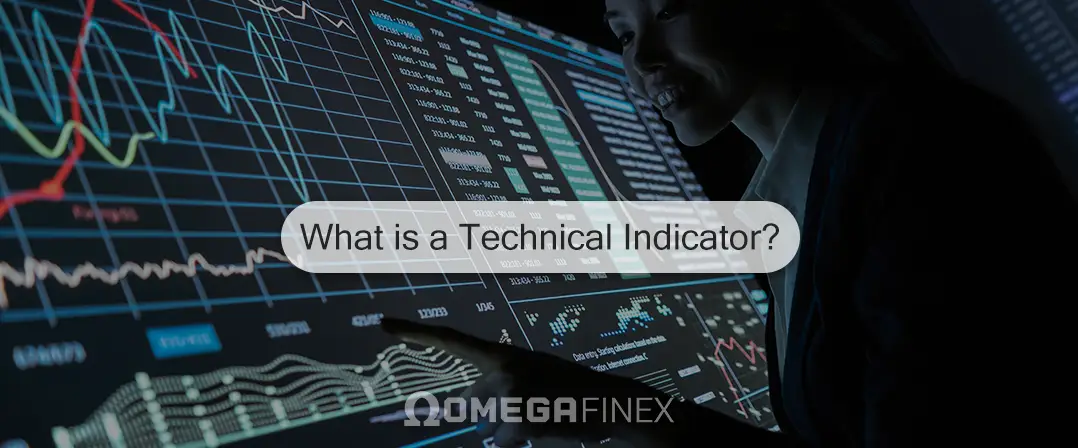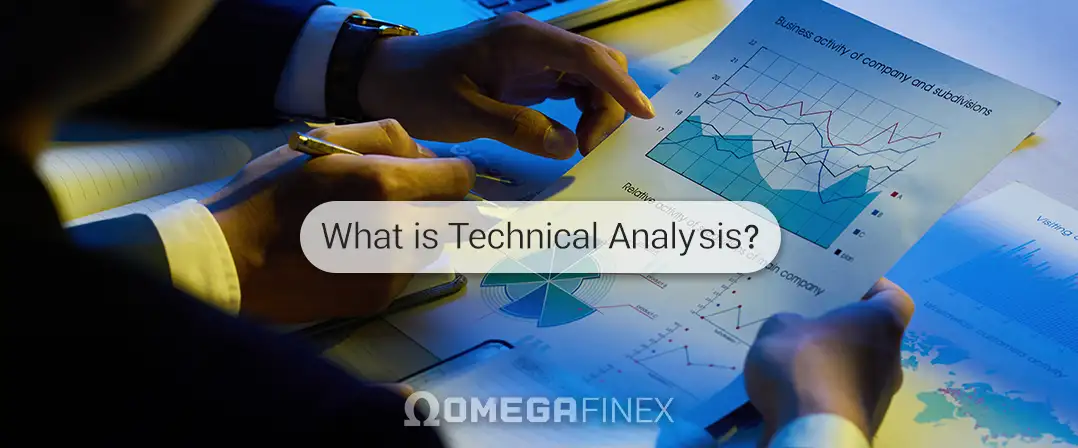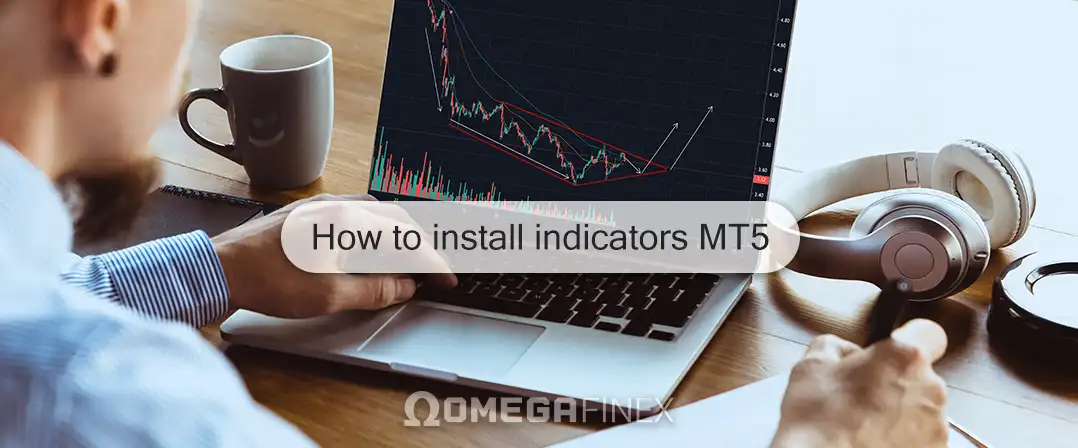
Forex Trading, the cornerstone of global financial markets, provides unparalleled opportunities for individuals and institutions alike to exchange currencies. With a daily trading volume exceeding 6 trillion dollars, the forex market stands as the largest and most liquid financial market worldwide. In this comprehensive guide from OmegaFinex Broker, we delve into the concept of forex trading, covering fundamental and basic concepts, participants, strategies, risks, and benefits, equipping you with the knowledge to confidently navigate this dynamic landscape.
What is Forex Trading?
Forex trading involves the simultaneous buying and selling of currencies. The foundation of trading lies in Forex currency pairs, where one currency is exchanged for another at an agreed-upon exchange rate. Prominent currency pairs include EUR/USD (Euro/US Dollar), GBP/USD (British Pound/US Dollar), USD/JPY (US Dollar/Japanese Yen), and USD/CHF (US Dollar/Swiss Franc).
Forex trading, in this decentralized market, takes place electronically over-the-counter (OTC), facilitated by a network of banks, financial institutions, brokers, and retail traders. Trading occurs 24 hours a day, five days a week, in major financial centers worldwide including London, New York, Tokyo, and Sydney.
Participants in Forex Market
Let’s explore who engages in forex trading and who the participants in this popular market are:
- Individual Traders: Retail traders form a significant portion of the forex market and engage in forex trading through online platforms provided by brokers. Individual traders participate in trading and seek to profit from currency price movements through investment.
- Institutional Traders: Banks, investment funds, corporations, and central banks play a pivotal role in the forex market and trading. They participate in forex trading for various purposes including risk hedging, facilitating international trade, and profiting from currency fluctuations.
- Brokers: Forex brokers act as intermediaries, providing individual traders access to the forex market and trading through trading platforms. Brokers offer essential services such as market access, leverage, education, and customer support.
- Central Banks: Central banks wield significant influence in the currency market, implementing monetary policies, conducting currency interventions, and managing foreign exchange reserves to stabilize exchange rates and support economic objectives.
Basic Concepts of Forex Trading
The world of forex trading encompasses countless concepts and patterns, understanding which is essential for entering this domain. While it’s impossible to cover them all in one article, let’s examine some of the most basic concepts in forex:
Currency Pair: Each currency pair, the foremost concept in forex trading, consists of a base currency and a quote currency, indicating the exchange rate or swap needed to buy one unit of the base currency in terms of the quote currency.
Bid and Ask Price: The bid price represents the price at which traders can sell a currency pair, while the ask price represents the price at which traders can buy it. The difference between bid and ask prices forms the spread, reflecting trading costs in forex trading.
Lots and Leverage: Forex trades are typically conducted in standard lots (100,000 units), mini lots (10,000 units), or micro lots (1,000 units). Leverage, or margin, is also a fundamental and important concept in forex trading, enabling traders to control larger positions with relatively small capital and enhance potential profits and losses.
Pip: A pip denotes the smallest price movement in a currency pair. In most currency pairs, a pip corresponds to the fourth decimal place, except for pairs involving the Japanese Yen, where it represents the second decimal place.
Trading strategies in Forex
There are countless methods used for trading in Forex, but below we’ll observe a few main categories that encompass all existing strategies or combinations thereof:
- Technical Analysis: Technical traders analyze past price data, chart patterns, and technical indicators to dissect and predict price movements in the future for trading in Forex. Common technical indicators include moving averages, Relative Strength Index (RSI), Moving Average Convergence Divergence (MACD), and Fibonacci retracements.
- Fundamental Analysis: Fundamental traders evaluate economic indicators, central bank policies, geopolitical events, and market sentiments to assess the intrinsic value of currencies and trading in Forex. Key fundamental factors include interest rates, inflation, Gross Domestic Product (GDP), employment data, and geopolitical developments.
- Sentiment Analysis: Sentiment analysis involves gauging market sentiments and positions based on factors such as trader sentiments, news sentiments, and social media sentiments. Traders often go against prevailing sentiments, using market shifts for trading in Forex and profiting.
- Risk Management: Effective risk management in Forex trading is crucial for preserving capital and reducing losses. Risk management techniques include setting stop-loss orders, diversifying trades, limiting leverage, and employing proper position-sizing strategies.
Why is Forex Trading popular?
Forex trading has gained widespread popularity for compelling reasons, making it a preferred choice for individuals, institutions, and investors worldwide. Here are some key factors contributing to the broad appeal of trading in Forex:
Accessibility: Forex is exceptionally accessible, allowing individuals to participate in global currency markets from anywhere with an internet connection. Unlike traditional financial markets with specific trading hours, the forex market operates 24 hours a day, five days a week, providing traders with flexibility and convenience.
High Liquidity: With a daily trading volume exceeding 6 trillion dollars, the forex market is the most liquid financial market globally. This high liquidity ensures that traders can easily enter and exit positions at competitive prices, minimizes slippage, and facilitates seamless execution of Forex trades.
Leverage: Forex trading offers significant leverage, enabling traders to control larger positions with relatively small capital. Leverage enhances the potential for profits and losses, allowing traders to amplify their trading potential. It’s crucial to note that while leverage can increase profits, caution is necessary, and effective risk management strategies should be utilized to mitigate associated risks.
Diversity: Forex trading with different currency pairs across geographical regions and economies provides opportunities for portfolio diversification. Diversification in Forex helps spread risks and reduces the impact of adverse market movements on overall portfolio performance.
Market Volatility: Forex trading is characterized by high volatility driven by factors such as economic data releases, geopolitical events, central bank policies, and market sentiments. This volatility creates numerous trading opportunities for traders seeking to profit from short-term price fluctuations.
Technological Advancements: Technological advancements have transformed Forex trading, making it more accessible, efficient, and user-friendly. Online trading platforms, mobile applications, and advanced charting tools empower traders with real-time market data, advanced analytical capabilities, and immediate trade execution, enhancing the overall trading experience.
Low Transaction Costs: Forex trades typically involve lower transaction costs compared to other financial markets. Brokers often charge commissions or spreads, which are generally lower in Forex due to its high liquidity. Additionally, there are no exchange fees or clearing fees in Forex trading.
Profit Potential in Both Bull and Bear Markets: Unlike traditional stock markets, where investors primarily profit from upward price movements (bull markets), Forex trading allows traders to profit from both upward and downward price movements. Traders can go long (buy) or short (sell) currency pairs, investing in market movements in either direction and maximizing profit potential in various market conditions.
Market Transparency: The Forex market is highly transparent, with prices and transaction data readily available to all participants in real-time. This transparency ensures fair and efficient price discovery for Forex trading, fostering trust and confidence among traders.
Regulation: Forex trading is regulated in many jurisdictions, providing a level of protection against fraud, manipulation, and unfair practices for traders. Regulated brokers adhere to strict regulatory standards, safeguarding customer funds and ensuring a transparent and secure trading environment.
Risks and Challenges of Forex Trading
While Forex trading comes with all the advantages mentioned, it is not without risks, and risk is an inherent part of this market and activity. It’s important to be aware of these risks and drawbacks:
- Market Risk: The Forex market is characterized by high volatility driven by economic data releases, geopolitical events, central bank announcements, and market sentiments. Rapid price fluctuations can lead to significant profits or losses within a short time frame of trading in Forex.
- Leverage Risk: While leverage increases profit potential, it also increases the risk of losses. Excessive leverage can quickly deplete trading accounts, especially during periods of increased volatility or unfavorable market conditions.
- Counterparty Risk: Forex trading involves counterparty risk, whereby traders are exposed to the risk of their broker’s default on trades or bankruptcy. Choosing reputable and regulated brokers is essential to mitigate counterparty risk and safeguard trading funds.
- Liquidity Risk: Although the Forex market is highly liquid, liquidity can vary depending on currency pairs, trading sessions, and market conditions. Non-liquid markets may result in wider spreads and slippage, affecting trade execution and Forex trading.
Summary
The popularity of Forex trading stems from accessibility, liquidity, leverage, diversification opportunities, market volatility, technological advancements, low transaction costs, profit potential in all market conditions, market transparency, and regulatory oversight. These factors collectively contribute to the attractiveness of Forex as a lucrative and dynamic financial market for traders worldwide.
Trading in this market serves as a gateway to financial independence and prosperity, offering endless opportunities for profit in the dynamic global currency market. With a comprehensive understanding of its mechanics, participants, strategies, risks, and benefits, traders can navigate the Forex landscape with confidence and precision. Individuals and institutions alike can leverage the potential of Forex trading to achieve their financial goals and aspirations by adhering to proper risk management principles, staying abreast of market developments, and enhancing their trading skills.






